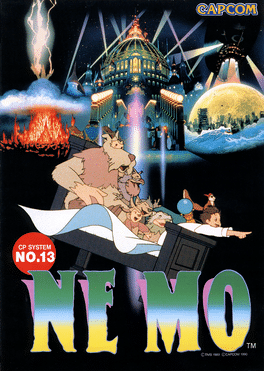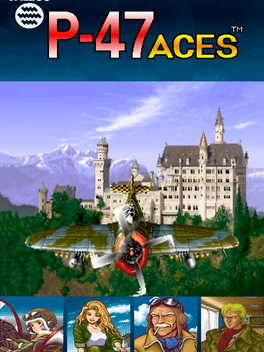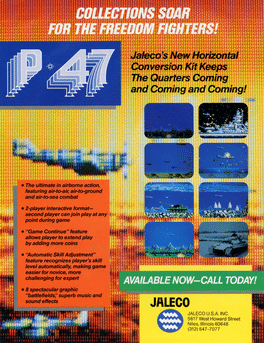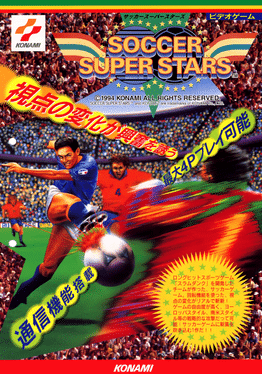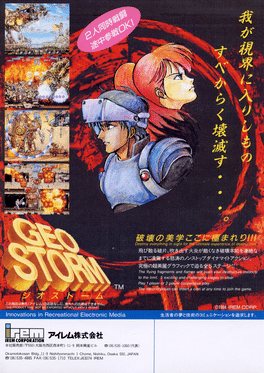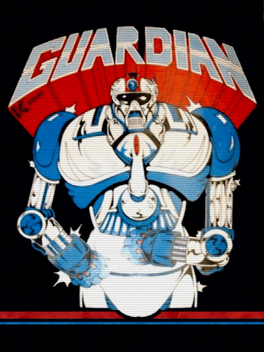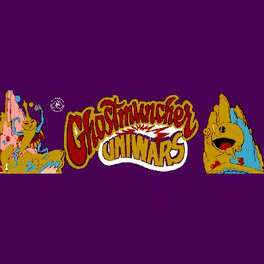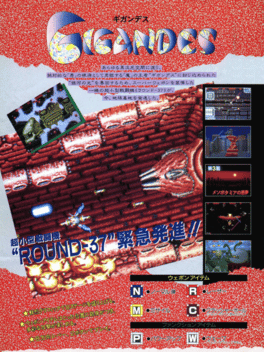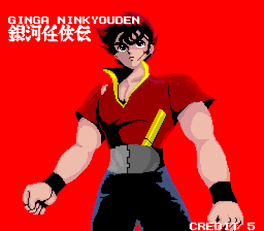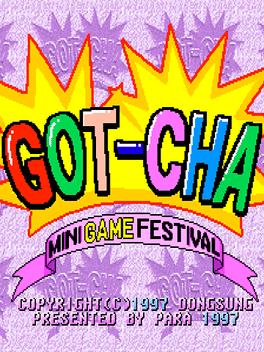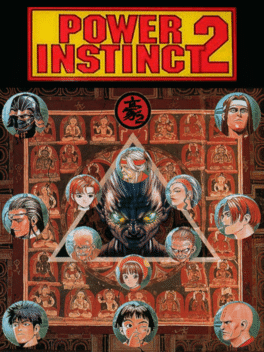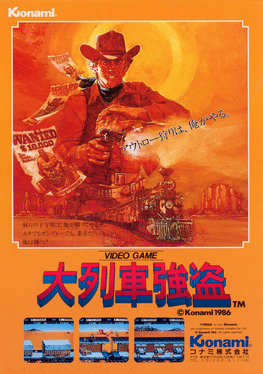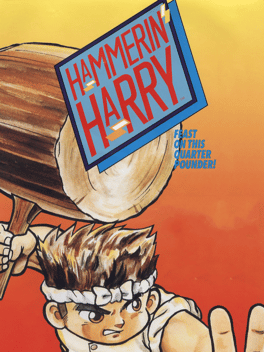Most Popular Arcade Games - Page 136
-
Joe & Mac Returns
1994
Joe & Mac Returns
1994
For this sequel to the sideways scrolling 1991 beat-em-up, "Caveman Ninja", Data East chose to eschew the former's gameplay and create a single-screen platformer with gameplay hugely similar to Toaplan's, "Snow Bros.", released in 1990. -
Nemo
1990
Nemo
1990
One night, as Nemo sleeps, he is visited in a dream by the King of Slumberland, who invites Nemo to come and play with the King's daughter, the Princess. Nemo finds himself unable to find the Princess however, so he and 'Flip', a strange companion who also turns up in the dream, decide to explore Slumberland and find the king. Nemo is a colourful and abstract platform shoot-em-up set in the dream world of Slumberland, a surreal world in which childrens' toys are running amok and must be destroyed. Nemo is armed with a magical staff that emits a burst of magic to destroy the many enemies, some of which require multiple hits. A number of power-ups also appear at regular intervals to aid Nemo in his quest through seven tough stages. -
P-47 Aces
1995
-
P-47: The Phantom Fighter
P-47 is a two-dimensional, scrolling shooter type of game. You play as the pilot of a P-47. Your mission is to basically destroy as many of the enemies as you possibly can. This means eliminating as many air and ground units as you can. You will be going through four missions (each being broken up into two parts) and at the end of each of these parts is an enemy boss for you to tangle with. Although you have unlimited ammunition, the enemy will make you pay for the invasion into their homeland. You will be able to accomplish this with various power-ups and also a second player (if they buy in). Your mission won't be easy but it is necessary so you can secure both the skies and ground for our troops. -
Soccer Superstars
1995
Soccer Superstars
1995
Soccer Superstars is a 2D side-scrolling football game in which the player can chose from 32 international teams to take part in either friendly games or cup tournaments. These can be played against the computer or both computer and a friend, however there is also a demo mode in which you will be able to see an entire tournament -or a friendly match- as a mere spectator. You are also free to modify team line-ups (all composed of real national player names), select basic formation systems, and alter the game length. The game interface is multi-language. -
Genix Family
1995
-
Genshi Tou 1930's
1990
Genshi Tou 1930's
1990
You are investigating the suspicious pre-historic islands, to find out why so many people who visited this place, have gone missing. You take control of a plane. While flying above the mysterious island you face many pre-historic animals as enemies. There are many Wild humans below on the ground as well, who try to catch onto your plane if you fly too low. Dinosaurs still exist!! -
Geo Storm
1995
Geo Storm
1995
AKA Gun Force. Gun Force was an obscure Contra-like game you might have seen at the arcades back in the day. It was "feed me all your quarters" hard and pretty much unplayable, but contributed one exciting new element: you could jump into war vehicules and used them against the enemy. Most of you probably didn't even know that it had a sequel. Gun Force 2 was one of the last arcade games (if not the last one) from Irem Corp., published in 1994. When looking at the screenshots, the game's similarity to Metal Slug becomes evident immediately. Yes, Metal Slug is an evolution of this game, as the staff members are actually the same. -
Guardian
1986
-
Gorkans
1984
-
Ghost Muncher
1982
Ghost Muncher
1982
This is Pac-Man/Puck-Man except the colors have been changed as have the sounds and the names of the ghosts. -
Gigandes
1989
Gigandes
1989
In a future setting, the dimensional, suggestively demonic, creature and title character Gigandes suddenly awakens. Residing deep below the Earth's surface, it calls its own worshippers and space force from other galaxies to the Milky Way in order to conquer mankind. Earth's defenses constructs the Round-37, a small but powerful space fighter with the intent of stopping Gigandes and its evil plans, combatting its forces and influences on Earth and in space. The Round-37 had a four-way weapon system: players equipped weapons on either the top, bottom, back or front of the ship by collecting weapons depending on the direction the ship approaches the item in. The player also had full control over the direction of the ship, allowing the ship to not only collect weapons in a desired direction but also fire in different directions. However, the ship could only equip two of the same weapon at a time. Players had to fight through eight long stages leading up to a boss battle at the end of each one. If the players lost a l -
Ginga Ninkyouden
1988
Ginga Ninkyouden
1988
Jaleco’s 1987 arcade action game Ginga Ninkyouden (“Tale of the Galactic Yakuza”) tells the story of Yatchan, a young gangster who won a heart of his boss, Clis. Their peaceful days come to a sudden end when King Cobra, being a jerk he is, whisks away his beloved to the other side of the galaxy. So begins Yatchan’s adventure to rescue her, as he fights his way through Cobra’s army assembled across time and space. However, a closer inspection on the game will reveal a twist: the whole thing is one big movie production, both Yatchan and his girlfriend being actors in it. -
Gingateikoku No Gyakushu
1981
You pilot an arrowhead-shaped vessel at the bottom of the screen, facing off against four different types of enemies. Certain enemies drop 'space soldiers' when shot, if these make it to the bottom of the screen, they will try to 'spear' your ship from behind. -
Gladiator 1984
1985
Gladiator 1984
1985
This is actually a racing game. Ride on your horse and jump over obstacles or avoid them with your chariot. -
Power Instinct 2
1994
Power Instinct 2
1994
The original Arcade version of Power Instinct 2 released in Japan in October 1994. The game adds 5 new characters to the series but doesn't retain the extra modes added to the console ports of the previous title. The game was ported to PlayStation in Japan with an additional mode and characters related to the next Arcade release for the series, Goketsuji Legends. -
Dai Ressya Goutou
1986
Dai Ressya Goutou
1986
AKA Iron Horse. This is a side-scrolling action game with Western cowboy theme. -
Hammerin' Harry
1990
Hammerin' Harry
1990
A platform game where you control a worker with a big hammer who smashes his way through obstacles and a variety of enemies. -
Daisenpu
1990

